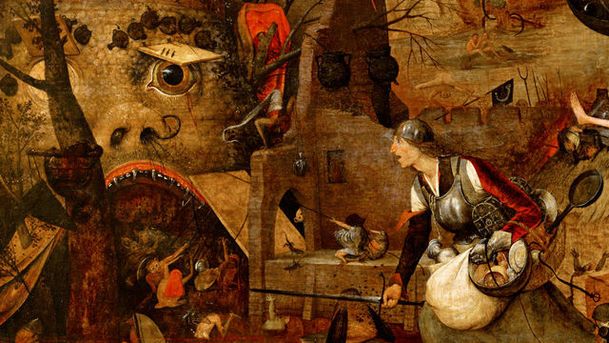Twenty Minutes - Day of Wrath

The Dies Irae chant originated in the 13th Century and served as a potent reminder of the impending Day of Judgement, much feared in the Medieval mindset. For centuries, it held its place in the Requiem Mass, but with the dawning of the Romantic age in the 19th Century, Hector Berlioz employed the melody of the chant in his Symphonie Fantastique and began a secular trend which was to preoccupy and fascinate composers. So, Liszt revelled in its macabre associations in his Totentanz and Rachmaninov incorporated the distinctive four-note motif into many of his works. When the Dies Irae became an optional part of the Requiem Mass in the mid-20th Century, its grim foreboding found a new home in horror film scores, perhaps most famously in Wendy Carlos' electronic rendition of the melody in the opening sequence to Stanley Kubrick's The Shining. Sara Mohr-Pietsch traces the journey of this chant with the help of Jeremy Summerly, David Nice and David Huckvale and discovers that the ear-worm of the Dies Irae is hard to shake off.